Google Nexus 4 Review - Google's new Flagship
by Brian Klug on November 13, 2012 8:45 AM EST- Posted in
- Smartphones
- LG
- Android
- Mobile
- APQ8064
- Nexus 4
- Android 4.2
- MDM9215
I usually take apart smartphones I’m sampled just because I like knowing what’s inside, even if I already know the majority of component choices through other purely software means. In the case of the Nexus 4 this was also motivated by my desire to find out whether it would be possible to replace the battery easily and also to get a look at some of the RF components for cellular.
Taking apart the Nexus 4 is surprisingly simple, so much so that I’ve taken my Nexus 4 review unit apart fully, twice. There are two Torx T–4 screws at the bottom which come out, after which the back cage pulls off after you use a plastic separator tool to get past some clips holding it on. If you’re interested in replacing the battery you can pretty much stop here, there are two screws holding the battery connector onto the mainboard, and the battery is held in place with a square outline of double sided tape. The back side of the case has many gold pads for antennas, NFC, and the inductive charging coils.
Further disassembly involves removing the plastic covering the PCB, then a few screws and the mainboard lifts out. Construction here is very standard fare for smartphones lately, with an L shaped mainboard and battery sitting in the cavity next to it.
After you get the PCB out things are very easy to identify. I popped the EMI cans off wherever possible as well.
First off on the backside we can see the DRAM PoP atop APQ8064, which in this case is Samsung 2x32-bit LPDDR2–1066, 2GB courtesy of 4 x 512MB die at 1.2V. Below that is the Qualcomm MDM9215 baseband, to the left we can see the baseband PMIC (PM8821), and to the left of that the PMIC for APQ8064, PM8921.
On the long underside of the mainboard we can see the TI BQ51051b wireless power Li-Ion charger receiver I mentioned earlier, and above it Qualcomm’s WCD9310 Audio codec in a sea of epoxy. Inbetween those two is a BCM20793 NFC controller instead of the ubiquitous NXP PN544 part.
My main goal when taking apart the Nexus 4 was nailing down what power amplifiers and RF architecture the phone had, and under the EMI cans on this side are a few relevant parts.
There are three Avago power amplifiers, and an RFMD switch at left. We can see Avago A5505 (Band 5 - UMTS), A5704 (Band 4 - LTE/UMTS), A5702 (Band 2 - LTE/UMTS), and at far left an RFMD 1156 single pole 5 throw switch hiding under a lip of the EMI can.
Flipping the PCB over and removing the other large EMI can reveals more parts of the puzzle. I can identify an Avago ACPM–7251 (Band 1, 5, Quad band GSM/EGE) power amplifier, and another package near it marked “GFD49” which is probably another switch just next to the antenna feed for the bottom transmit antenna.
Nexus 4 also has the latest and greatest Qualcomm transceiver onboard, WTR1605L, which we’re going to talk at length about in another piece. It’s actually somewhat surprising to see the latest and greatest here considering the Nexus 4 doesn’t include LTE support, even though it does have the hardware for it on bands 4, 2, and 1 in theory.
Also under this can is the SlimPort ANX7808 which enables HDMI, VGA, DVI, or DisplayPort out on the Nexus 4 instead of the USB-MHL that we’ve been seeing getting adoption pretty rapidly. This is actually an interesting choice for the Nexus 4 considering again the relative ubiquity of MHL. I don’t have any SlimPort cables or dongles so I can’t test it first hand, but there’s the transmit package on the PCB that enables it.
I can also identify an InvenSense MPU–6050 six axis gyro and accelerometer at the very top of the PCB.
I couldn’t get the can off of what appears to be the eMMC (the only remaining large package), we’ll have to see if anyone else wants to do some destructive digging to get that one. Finally the Nexus 4 also has a linear actuator vibrator which you can see in the FCC teardown photos.









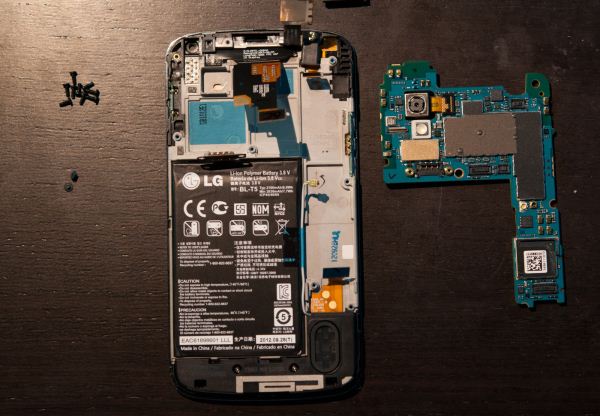
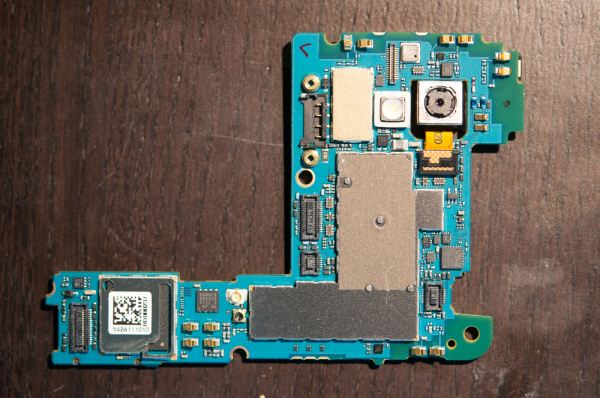
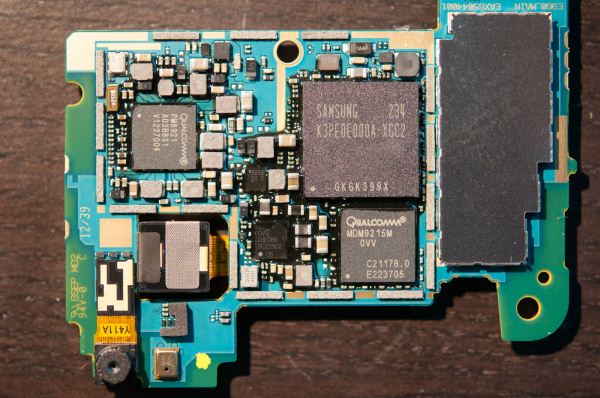
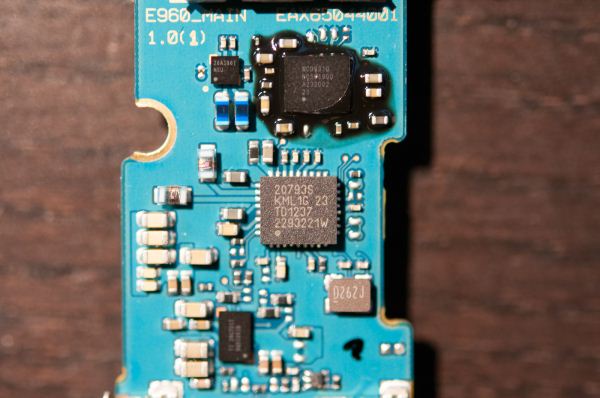
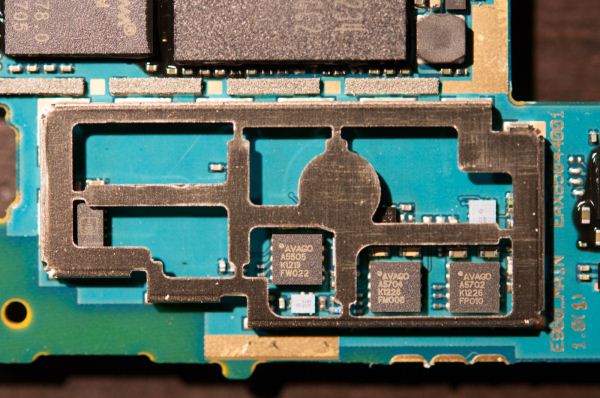
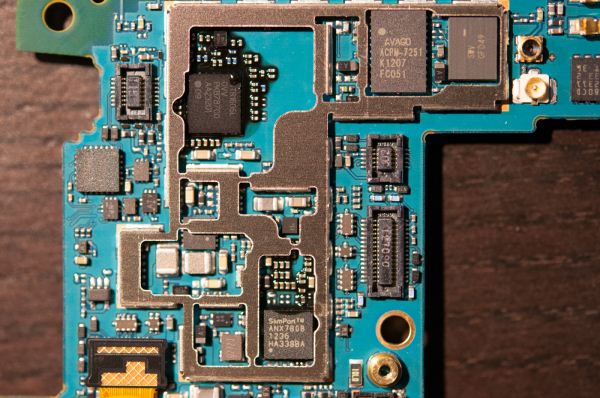
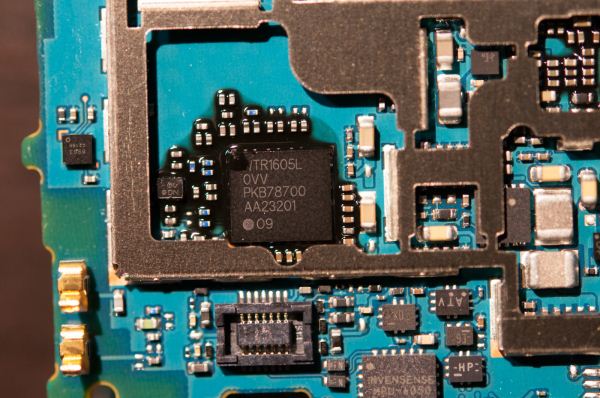
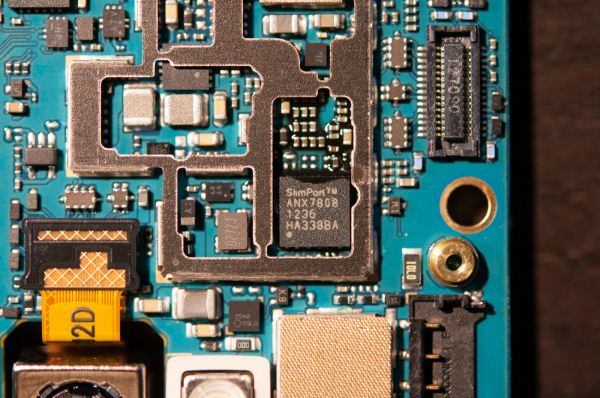
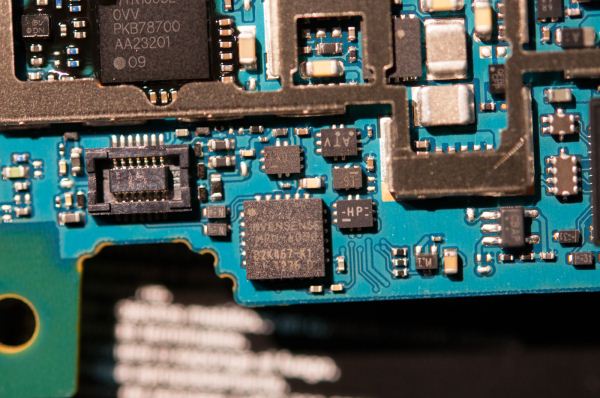
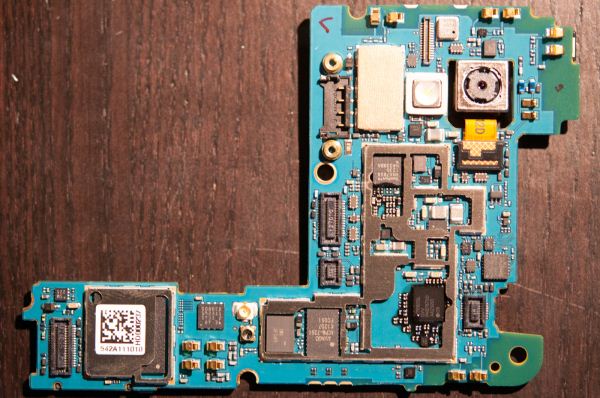








188 Comments
View All Comments
IKeelU - Tuesday, November 13, 2012 - link
I'm glad you confirmed the thermal throttling hypothesis, but it's a shame that it's happening at all. While no Google or LG exec is going to come out and tell everyone to use their phone in the cold, I see this turning into the Android version of the "your holding it wrong" meme. Perhaps Google should ship some capacitative gloves so Canadians and Scandinavians can enjoy their phones under ideal conditions ;P?Also, battery performance. It's half the iPhone 5's. Half.
Given the price and the nexus pedigree, I'm still going to buy this phone, warts and all. But the performance of the device in browsing and battery life is terribly disappointing.
amdwilliam1985 - Tuesday, November 13, 2012 - link
Again with the best test. It is not half in real life, trust me.we did real life test comparison with SGS3 and a new iphone 5, and I can see my S3 doing really well.
tuxRoller - Tuesday, November 13, 2012 - link
That suggests that the tests are not very useful.Frankly, I really like the idea of Vellamo. Testing interface performance is really useful.
The web browsing test might also be useful if it is well done (not sure if enough time is provided between page loads to actually read the page).
Perhaps use of a framework that takea actual apps and feeds them dummy data to simulate usage.
Testing is hard...
SetiroN - Tuesday, November 13, 2012 - link
The one time they could have gone with a slighly out of date SoC (the MSM8960 with its more efficient integrated baseband, or possibly the PRO) they didn't... ending up with a very power hungry platform that throttles and barely has enough battery life. Personally, I think I will disable two of the cores, but it's very appreciable that they're moving faster than before. I was really hoping for an OMAP5 (the first BIG.little A15 implementation) in the next nexus phone, obviously a few months from now, but I'll make do with the S4.It is, as usual, great how google keeps an eye on NAND performance, it really is a bottleneck in modern smartphones. Hopefully something better than 0.8MB/s random writes will be available in the near future... yes, it's 3 times faster than the competition, but still too low. We need 4/5.
I'm quite a bit against all this "high build quality" (which is apparently all about non-plastic materials) trend: not that I don't like better built phones, but plastic is FINE. It just has to be properly used, avoiding tacky chrome and glossy parts: the upside of having a lighter chassis with a removable door, and thus a repleaceble battery (which can probably be larger thanks to the spared weight) largely overcomes the improved aesthetics. Not to mention it's much less prone to serious damage as it manages to absorbs impacts well.
A glass back might be cool, but I won't notice it anymore after a week... until it breaks.
The real problems are Korean designers, not plastic materials.
In the end, higher battery life and storage space would have been much better, but at this price I won't complain, there's nothing even nearly as good. Heck, even $200 more would have been fair - and still cheaper than the competition.
Still, such a non-replaceable low lasting battery can and will be a dealbreaker to many just as much as the lack of storage. But the price is good enough to make me come to a compromise, disable 2 cores in the kernel and start carrying around a portable charger and OTG cable.
I wonder if anyone will make a nice battery cover with integrated storage :)
MTWeg12 - Tuesday, November 13, 2012 - link
Such an elaborate review. Awesome! It is nothing less than a PhD thesis.VivekGowri - Tuesday, November 13, 2012 - link
I think you seriously underestimate how long most PhD theses are. This could probably easily double as an engineering undergrad senior/final project though, as could many of our more in-depth reviews.Red Oak - Tuesday, November 13, 2012 - link
You don't point out that the iPhone 5 destroys it in your performance tests. On some, 100%+ faster. Pretty shocking, considering the Nexus has the latest four core variantThis phone is already a half step behind and has little headroom. Surprised Google would make this their flagship for the next year
amdwilliam1985 - Tuesday, November 13, 2012 - link
too bad iphone 5 is old news already, get ready for the incoming iphone 5S expected early 2013.Zink - Tuesday, November 13, 2012 - link
I think what we're all really getting ready for is the Razr Nexus 4 coming out in a year. Super thin with A15, improved battery life, 32GB and LTE.PeteH - Tuesday, November 13, 2012 - link
Maybe you are, but I won't be satisfied until I have a 64-bit ARMv8 in my phone!